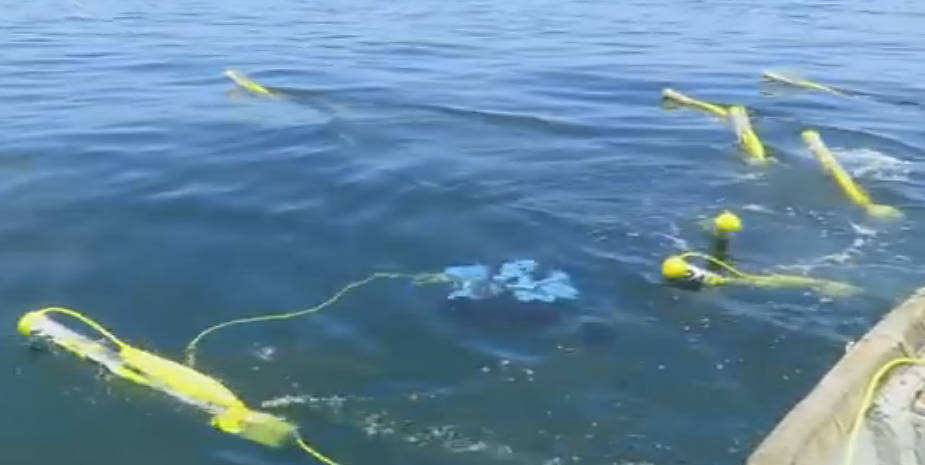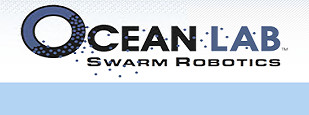| ReefScouts - Swarm Water Robotics |
| Written by Harry Fairhead | |||
| Saturday, 20 August 2016 | |||
|
This is fun to watch and thought provoking. Perhaps swarm-based robotics has something to offer after all. Watch as the ReefScouts take off like a group of dolphins and then sink to the bottom like a synchronized swimming display. If you think swarm robots are just small insect-like machines, or at best a flying squadron of drones, then meet the ReefScouts. These small, yellow, torpedo-like robots can do real work sampling and measuring underwater environments.
Watch the video and notice the way they are casually dropped from a container into the sea. Notice they way they school like a shoal of fish and get back to base on their own. This is not just a mark of how much robotics has moved on, but how low cost it is becoming. The components you need to make robots is dropping the more we make. Small computing devices like the Pi Zero are so cheap that they are effectively disposable and if you need the power devices like the new Intel Joule can provide, the price may be higher but it is still affordable.
ReefScouts look as though they were built to do real work. OceanLAB built the swarm as a demonstration of how intelligent control systems can make deployment of data gathering devices easier. The whole point of the swarm is that the user, or controller, doesn't have to navigate at the level of individual robots, but just tell the swarm where to go and sample and let them sort out the details on their own.
As OceanLAB explains it: "We seek to maximize swarm agility while protecting the operator from complexity. Our swarms can be guided as a large, fluid mass. For oceanographers, the group delivers a map of real-time distributed data and can be actively guided to target areas of maximum interest." If you want to know what theoretical approach is being used, it is basically non-equilibrium thermodynamics with each robot regarded as a particle in a fluid. "Numerical modeling experiments demonstrate how groups can be influenced to display different phase-like behaviors by adjusting global parameters. Dissipation (drag) is the most effective parameter for regulating group coordination."
More InformationRelated ArticlesModern Fireworks - 100 Drones Break The Record
To be informed about new articles on I Programmer, sign up for our weekly newsletter, subscribe to the RSS feed and follow us on, Twitter, Facebook, Google+ or Linkedin.
Comments
or email your comment to: comments@i-programmer.info
|
|||
| Last Updated ( Saturday, 24 March 2018 ) |



